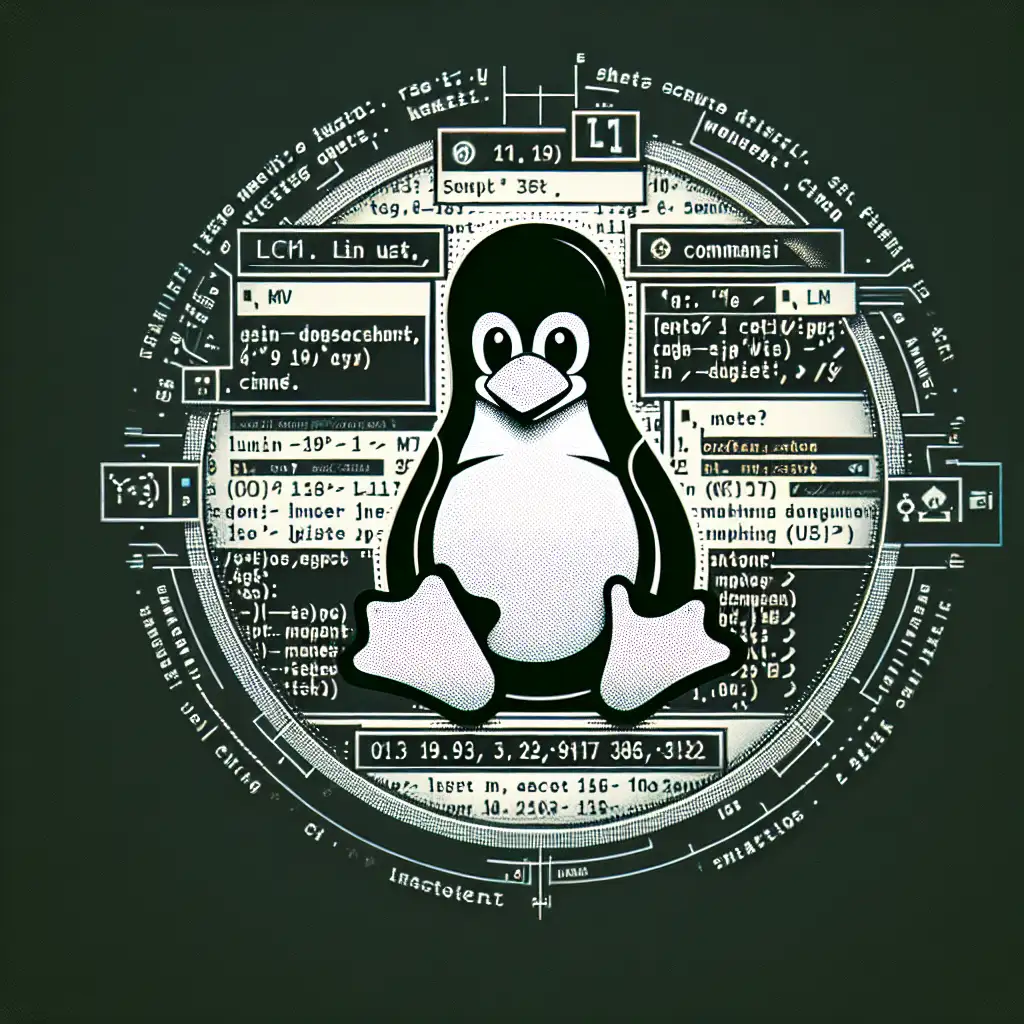Mastering the 'mv' Command: Efficient and Safe File Moves in Linux
Forget the basics: Why most Linux users misuse mv and how refining your command skills can prevent accidental overwrites and streamline file management once and for all.
If you’re a Linux user, you probably use the mv command frequently — after all, it’s the quickest way to move or rename files. But did you know that many users aren’t taking full advantage of its capabilities? Or worse, they risk overwriting valuable files without even realizing it.
Mastering the mv command is about more than just typing mv oldfile newfile. It’s about wielding it with precision and safety so you can manage your files confidently without fear of losing data or causing chaos in your directories.
Why Understanding mv Matters
At its core, mv is deceptively simple: move or rename files and directories. However, understanding how it handles conflicts, options available for safer moves, and scripting best practices can save hours of frustration.
For example:
- What happens if a file with the same name exists in the destination?
- Can you move multiple files at once?
- Is there a way to get prompted before overwriting files?
- How to move directories safely?
These are all important to know if you want to use mv effectively, especially when working on crucial projects or system maintenance.
Basic Syntax Recap
mv [options] source target
- source: The file(s) or directory(ies) you want to move.
- target: The destination path or new filename.
Examples:
mv file1.txt /home/user/Documents/
mv oldname.txt newname.txt
But let’s zoom into some practical aspects beyond this.
Prevent Accidental Overwrites with -i
One of the most common pitfalls is overwriting files without any warning:
mv report.txt /backup/report.txt
If /backup/report.txt exists, this silently replaces it!
Solution: Use -i (interactive) option
mv -i report.txt /backup/report.txt
This prompts:
mv: overwrite '/backup/report.txt'? y/n
Tip: You can create an alias in your shell config (e.g., .bashrc) for safer default behavior:
alias mv='mv -i'
This small habit drastically reduces accidental data loss.
Using -n to Never Overwrite
If you want to ensure no overwrites happen at all (without prompting), use:
mv -n file1.txt /some/dir/
The -n option means "no clobber" – if the destination exists, skip moving that specific file.
Move Multiple Files at Once
To move several files into a directory:
mv file1.txt file2.txt file3.txt /destination/directory/
If /destination/directory/ doesn’t exist, mv will throw an error:
mv: target '/destination/directory/' is not a directory
Renaming Files or Directories
Renaming is just moving within the same directory with a new name:
mv oldname.txt newname.txt
Similarly for directories:
mv old_folder new_folder
Note: To rename across different directories technically involves “moving” the item.
Moving Directories Safely
Moving entire directories with their contents works like files:
mv /var/log/old_logs /backup/logs/
Ensure destination directory exists. Keep in mind permissions — if you don’t have sufficient rights on either source or destination parent dirs, the move will fail.
Undo Moving Mistakes — Best Practices
Unfortunately, there’s no built-in undo command for mv. Once moved or overwritten without prompting, recovery requires backups or filesystem snapshots (like using TimeShift or Btrfs snapshots).
Recommendations to prevent mistakes:
- Always enable interactive mode (
-i) by default. - Keep regular backups.
- Double-check source and destination paths before moving.
- Use absolute paths when scripting automated moves.
- Test commands first with
echo mv ...to preview actions.
Advanced Tip: Using --backup Option
You can have mv keep backups of overwritten files instead of blindly replacing them with:
mv --backup=numbered report.txt /backup/
This action renames existing conflicting files by adding suffixes like .~1~, .~2~, allowing older versions to persist automatically.
Practical Examples Summarized
| Command | Purpose |
|---|---|
mv -i file1.txt /dest/ | Move with prompt if overwrite may occur |
mv -n *.txt archive/ | Move all .txt files but skip overwriting existing |
mv --backup=numbered log.log /var/log/old_logs/ | Move with auto-backed up versioning |
alias mv="mv -i" | Safer default behavior |
Wrapping Up
The humble mv command is fundamental but powerful when harnessed correctly. By mastering its interactive features and options like backup generation and no-overwrite behavior, you maintain clear control over your Linux filesystem without fear.
Take time today to try these tips:
- Enable interactive mode by default,
- Use multiple file moves sensibly,
- Experiment with backups in automated scripts,
and watch as your workflow becomes safer and more efficient!
Happy moving! 🚀
Got questions or want examples for advanced use cases? Drop a comment below!
